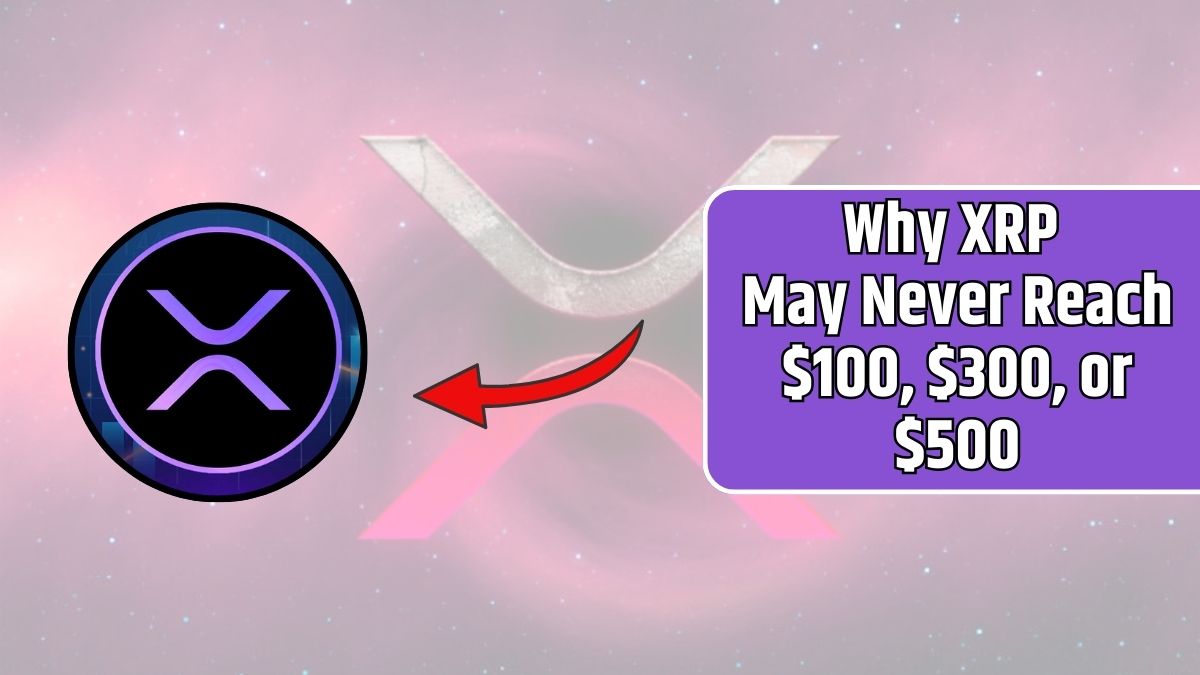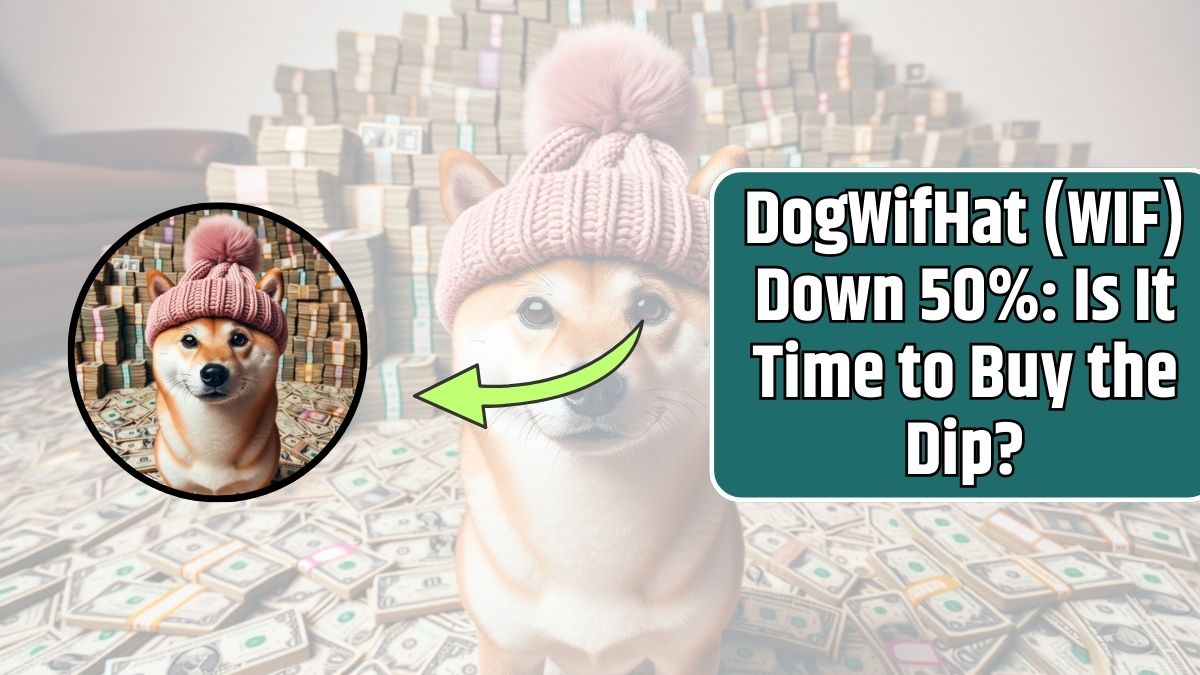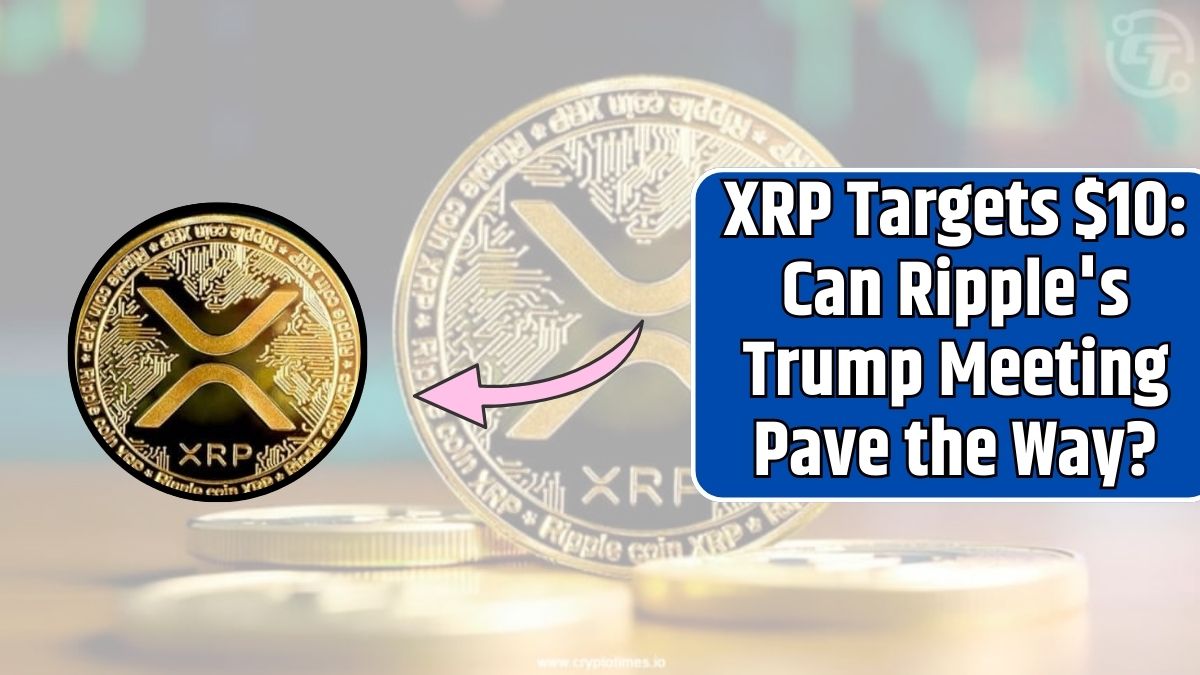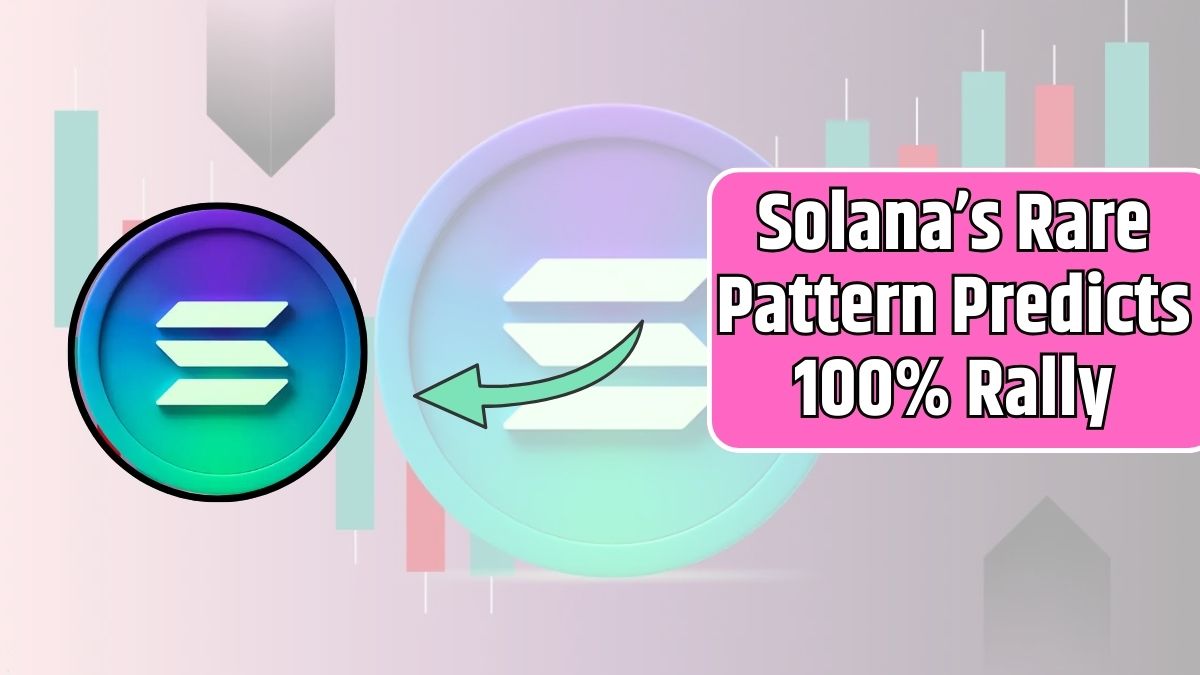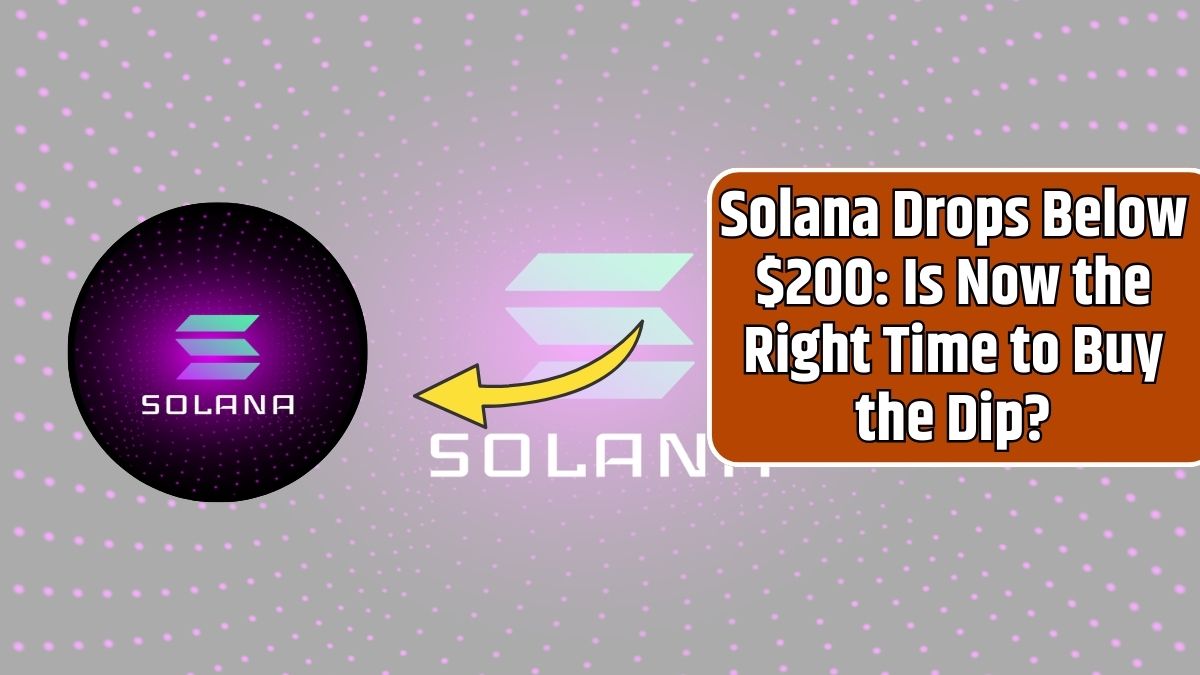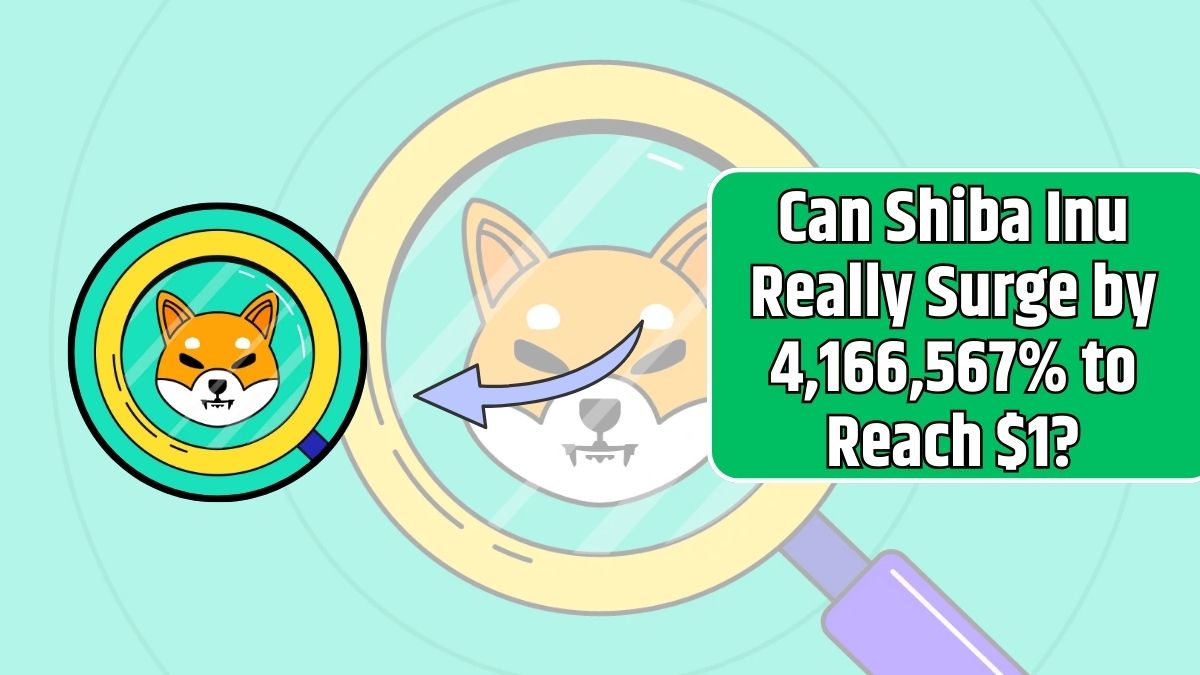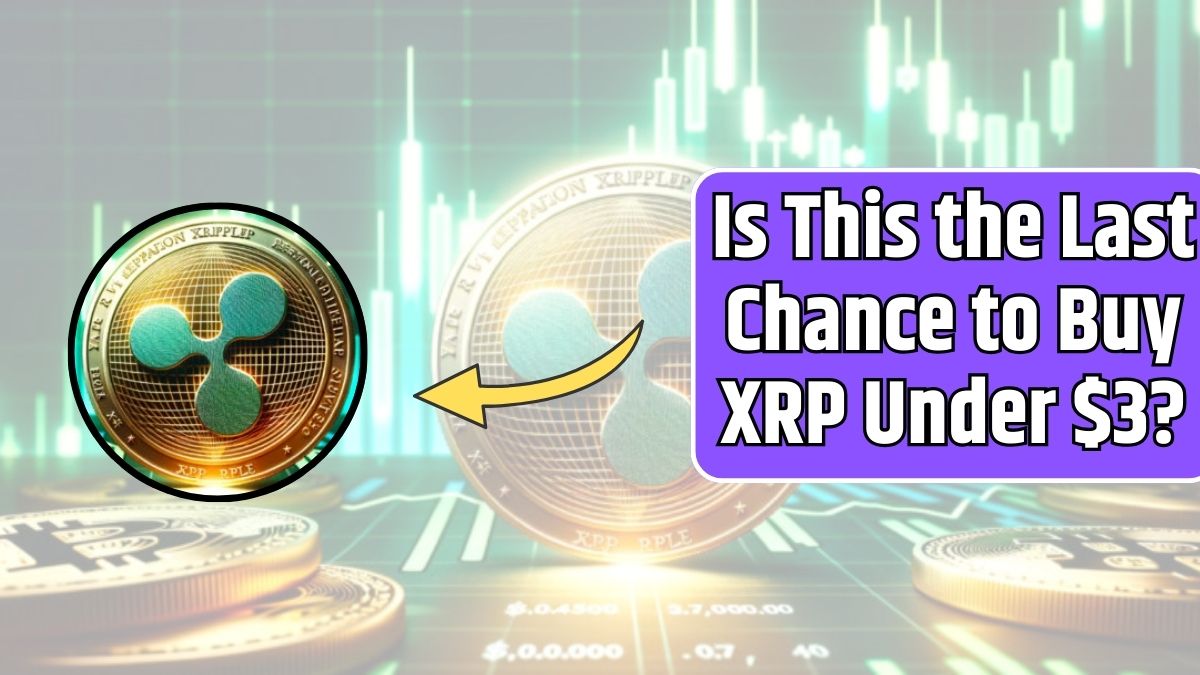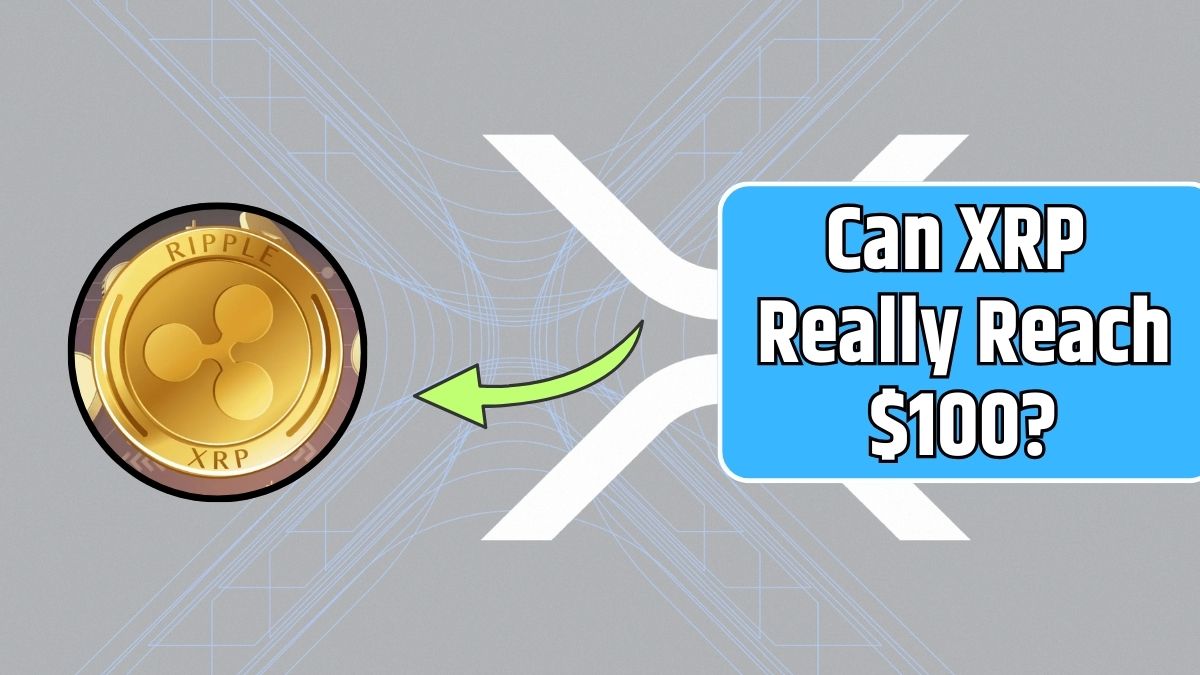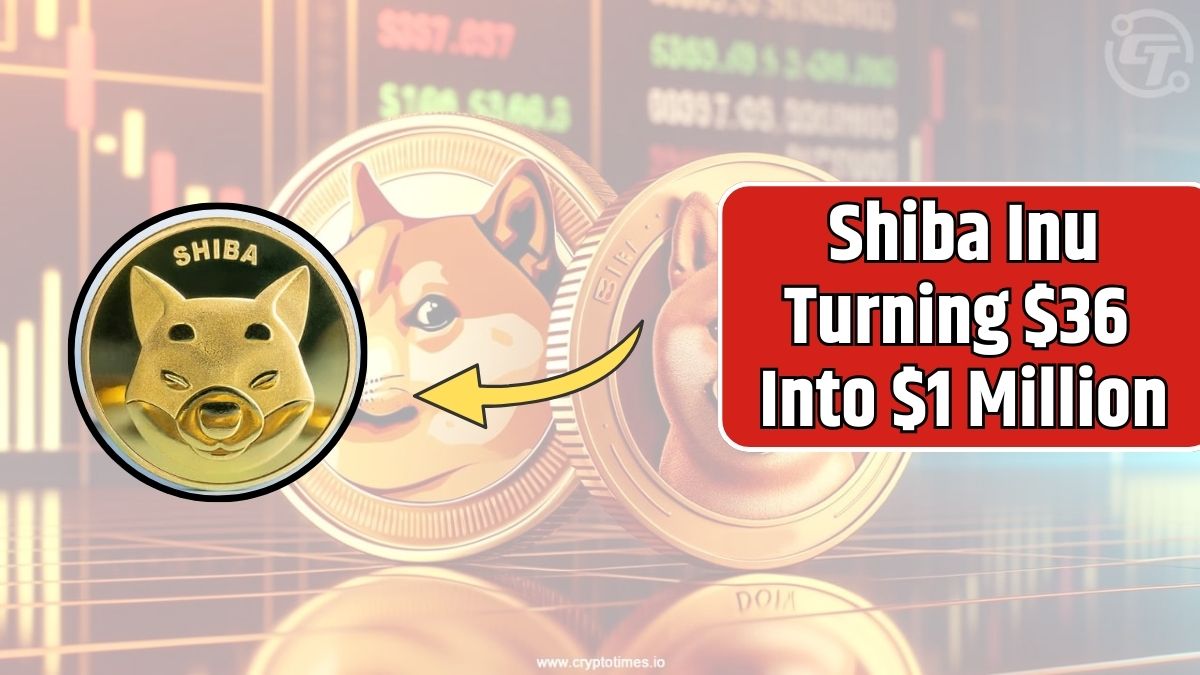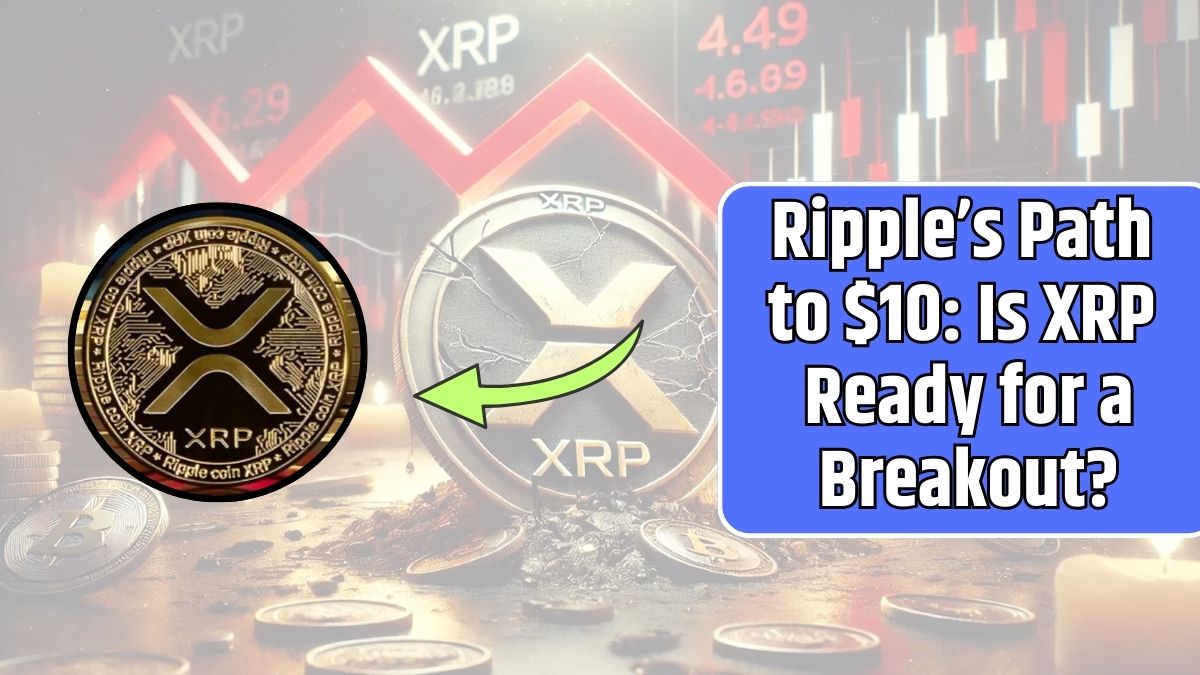XRP remains one of the most popular cryptocurrencies, with its unique use cases and significant community support.
However, while XRP’s current price of around $2 has sparked hopes of monumental growth, reaching astronomical figures like $100, $300, or $500 seems highly improbable due to several fundamental constraints.
The Optimistic Projections
Many XRP enthusiasts envision a future where the token reaches double-digit or even triple-digit valuations. Predictions include:
- $10 to $20 by 2025: Viewed as achievable by some analysts given XRP’s utility and expanding adoption.
- $100 by 2028 or beyond: Proposed by AI models like Grok AI and supported by optimistic scenarios that hinge on favorable market conditions.
- $500 by 2030 or later: Suggested only under extraordinary circumstances, such as widespread adoption in global finance.
While these projections generate excitement, they often disregard significant economic and market realities.
The Supply Conundrum
A key limitation for XRP’s price potential lies in its large token supply:
- Total Supply: 100 billion XRP tokens.
- Circulating Supply: 57.3 billion tokens currently in circulation.
For XRP to reach specific price points, the required market capitalization would be astronomical:
| Price Target | Market Cap Needed |
|---|---|
| $100 | $5.73 trillion |
| $300 | $17.19 trillion |
| $500 | $28.65 trillion |
To put this into perspective:
- The entire cryptocurrency market is currently valued at approximately $3.3 trillion.
- The global gold market stands at about $17 trillion.
These figures illustrate that achieving even the $100 price target would require XRP to exceed the market cap of all cryptocurrencies combined. For $300 or $500, XRP would need to rival or surpass the valuation of global assets like gold—a scenario unlikely given current and foreseeable market dynamics.
Practical Constraints
Several factors further limit XRP’s potential for extreme price appreciation:
- Market Sell Pressure
Any significant price increase would likely trigger massive sell-offs by current holders, introducing downward pressure and preventing sustained growth. - Utility vs. Speculation
XRP’s use case in cross-border payments and institutional finance provides utility, but such applications don’t necessarily justify a triple-digit price. High valuations rely heavily on speculative interest. - Regulatory Environment
While Ripple’s legal clarity is improving, the regulatory landscape for cryptocurrencies remains unpredictable. Stricter regulations could stifle growth or limit adoption. - Competition
XRP faces fierce competition from other cryptocurrencies and blockchain solutions in the cross-border payments space, such as Stellar (XLM) and emerging stablecoins.
Realistic Timeline for $100, $300, and $500
Despite these challenges, some analysts and AI models still foresee scenarios where XRP could achieve higher price points:
| Price Target | Optimistic Timeline | Conservative Timeline |
|---|---|---|
| $100 | 2028 | 2040 |
| $300 | Beyond 2030 | Not foreseeable |
| $500 | Beyond 15 years | Not foreseeable |
- Grok AI: Projects $100 by 2028 and $500 beyond 2030 with improved adoption.
- ChatGPT: Suggests $100 within 5-10 years under optimistic scenarios, while $500 could take 10-15 years or more.
- Telegaon: Predicts $100 by 2040 but sees $300 or $500 as unrealistic.
While XRP has immense potential due to its unique position in the financial system, expecting it to reach $100, $300, or $500 in the near future is unrealistic.
The supply dynamics, market cap requirements, and practical constraints make such price levels improbable under current conditions. Investors should temper their expectations and focus on realistic growth targets, driven by utility and adoption rather than speculative hype.
